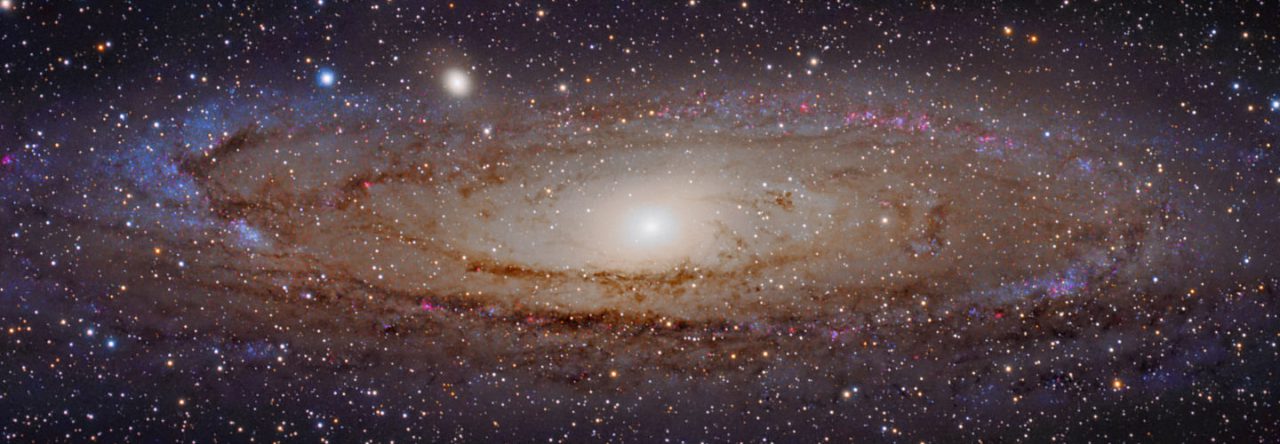
Set your alarms for 5:30-6 AM on Sunday, February 27, for a celestial sight of exquisite beauty. The waning crescent moon glides beneath both the brilliant Morning Star, Venus, and the much dimmer Red Planet, Mars. All you need is your eyes, although binoculars will show craters on the moon and the fact that Venus shows its own phases, like a Mini Me Moon.
Such an event is termed a “conjunction,” when two or more objects appear close together in the sky. The term is frequently applied to the moon appearing near a planet, or two planets appearing near each other. Of course, in reality the objects are millions of miles apart – the “alignment” is due to our point of view from Earth.
Such “close approaches” between the crescent moon and Venus (the Morning Star or Evening Star) are quite common. When Venus is visible, the Moon will ominously appear to approach it for several days each month, as a waxing crescent in the case of the Evening Star or waning crescent for the Morning Star. And while Venus can never appear in front of the Moon, the Moon can, up to six times a year, appear to pass directly in front of Venus, called an occultation. While such an event can even be seen during the day with a pair of binoculars, it is far more awe inspiring when viewed against a dark night sky.
Famed fantasy writer J.R.R. Tolkien included Venus-Moon conjunctions in the earliest versions of his grand mythology of Middle-earth. In The Book of Lost Tales, the Moon Mariner ominously stalks Eärendel, the Morning/Evening Star, a half-Elven Mariner who sailed the heavens in a special ship sparkling with diamond dust. In later versions of the tale, Eärendil (Tolkien loved to tinker with spellings in his invented languages) bore one of the three famed Silmaril jewels, which was responsible for his unworldly apparent brilliance. Fans of the Peter Jackson film adaptations of The Lord of the Rings will recognize the Galadriel’s reference to the Elves’ “most beloved star,” whose light is captured in the phial she gifts to Frodo. Eärendil is also famous in Tolkien’s mythos as the father of Elrond, the Lord of Rivendell.

Take the time to watch the Moon Mariner chasing Eärendil tomorrow morning, and if you feel the urge, shout out “Aiya Eärendil elenion ancalima!” (“Hail Eärendil, brightest of stars!”).
For more information on Tolkien’s use of Venus in his mythology, see this article.



